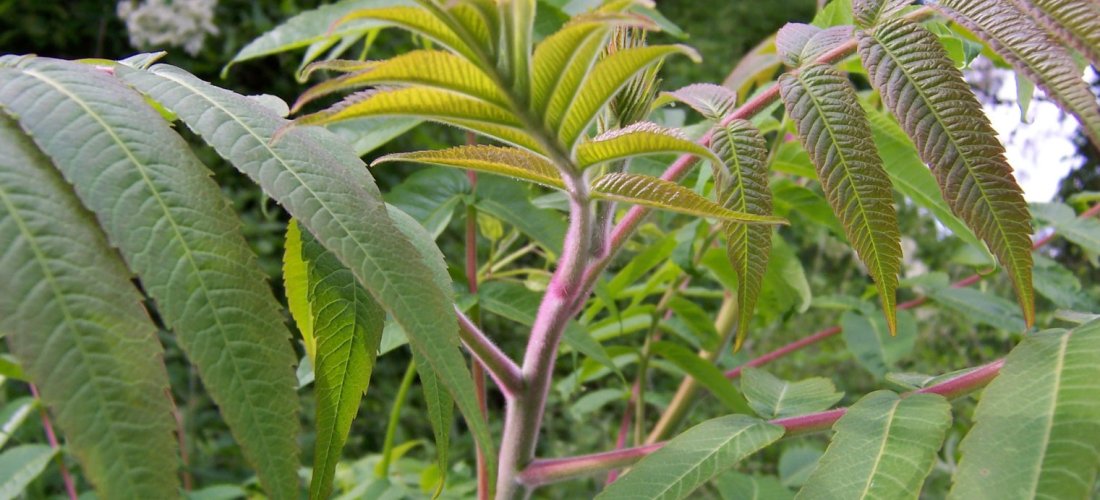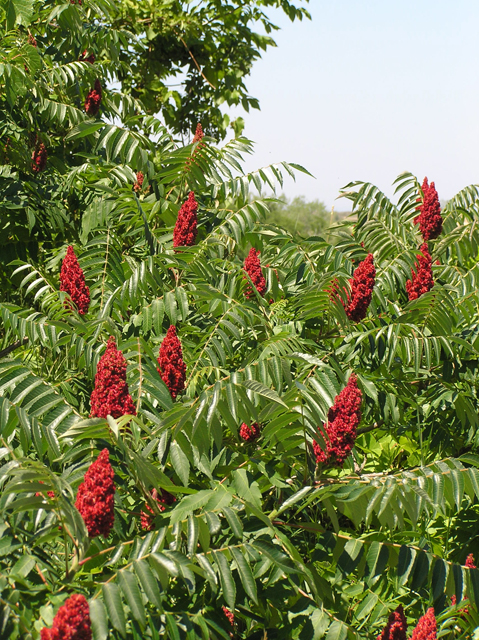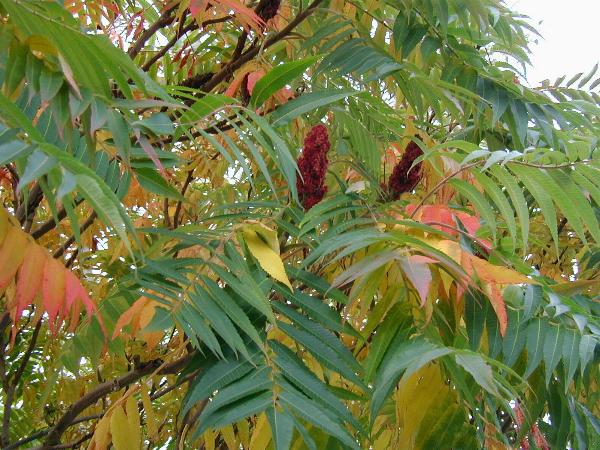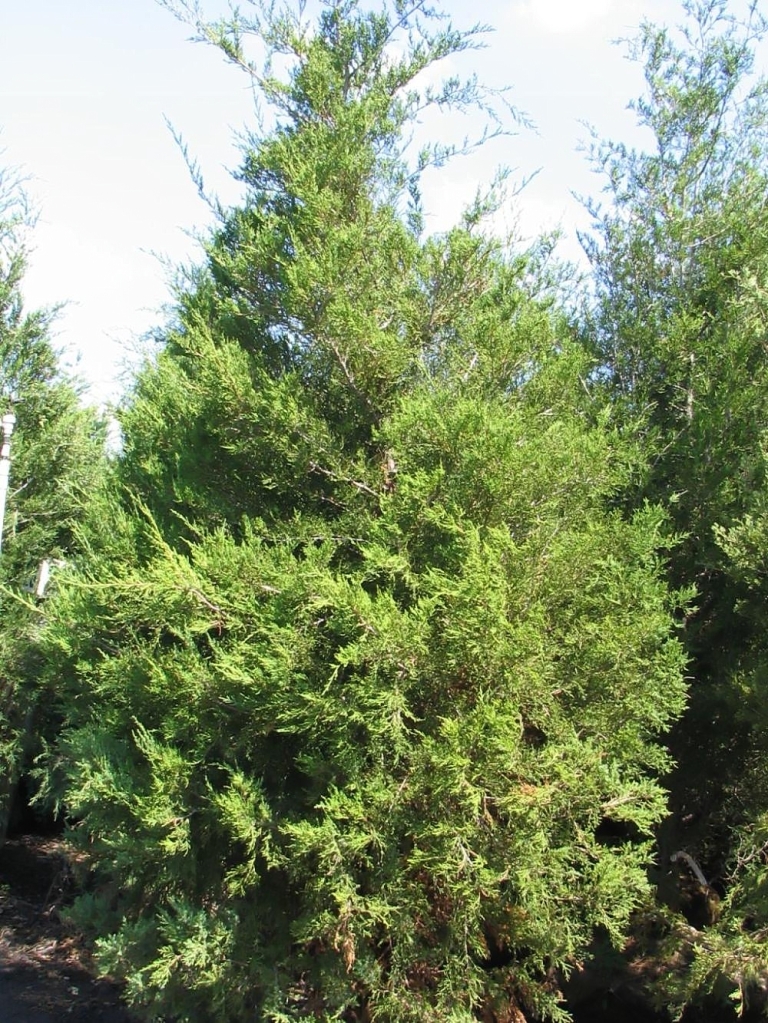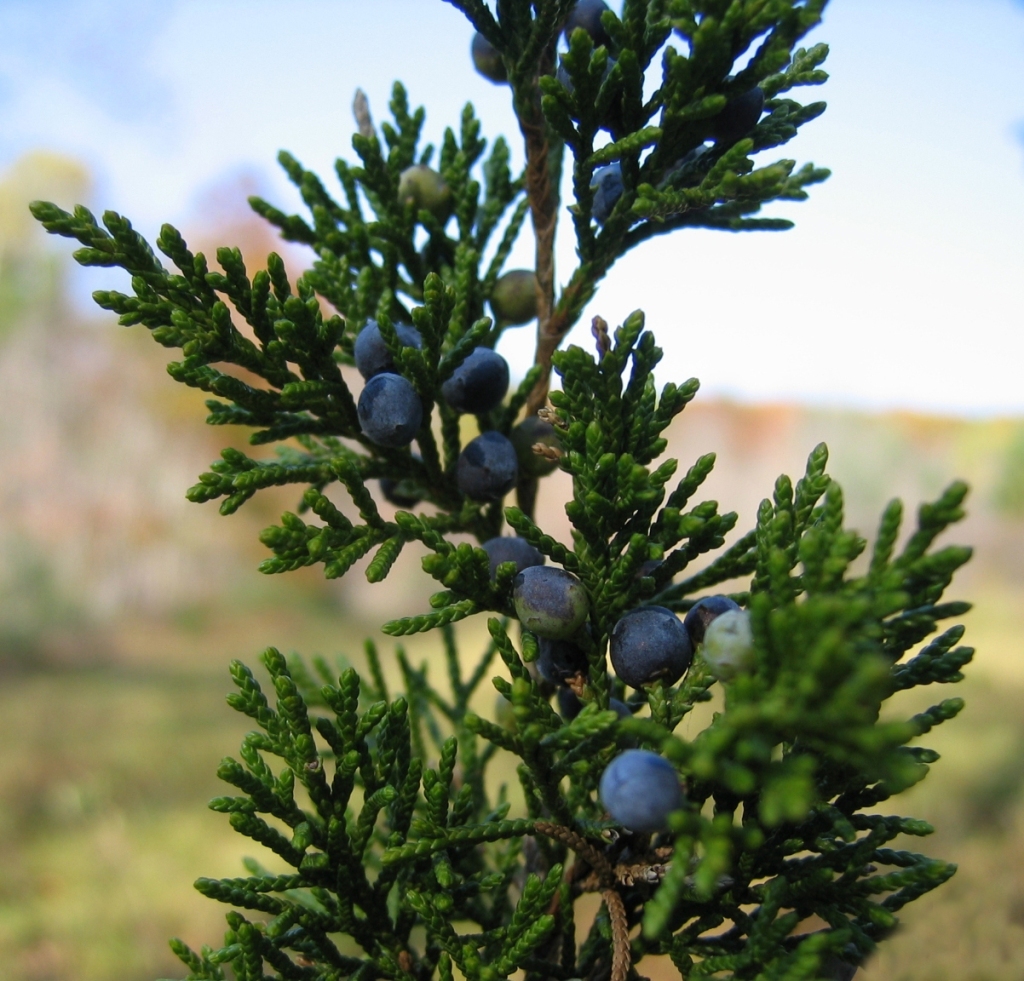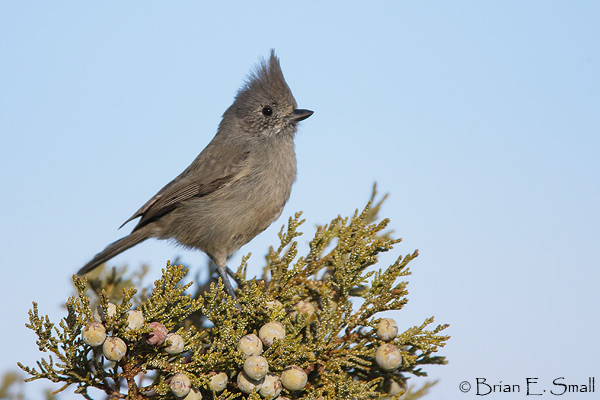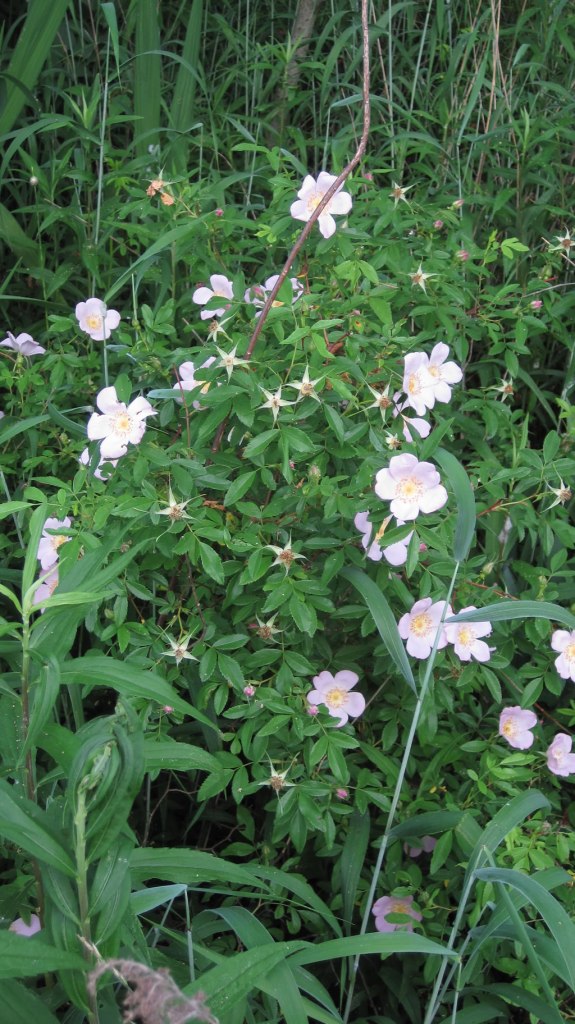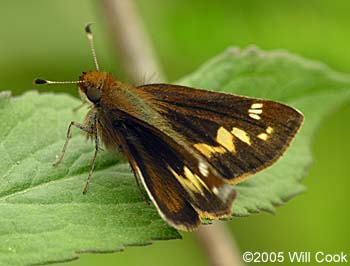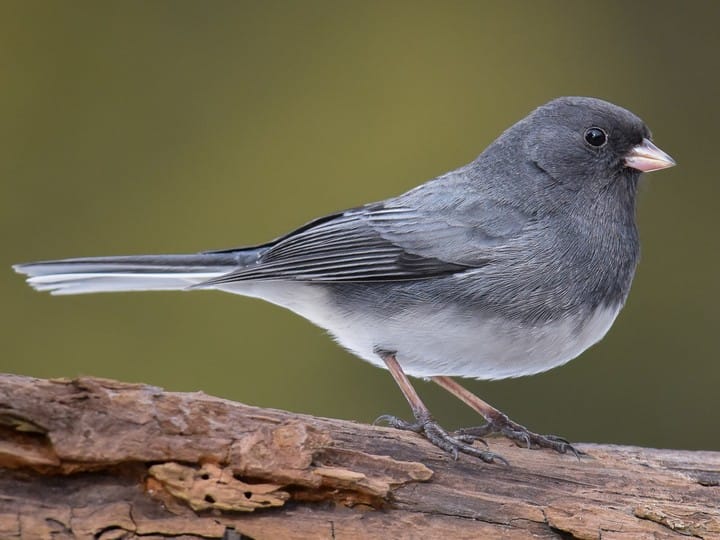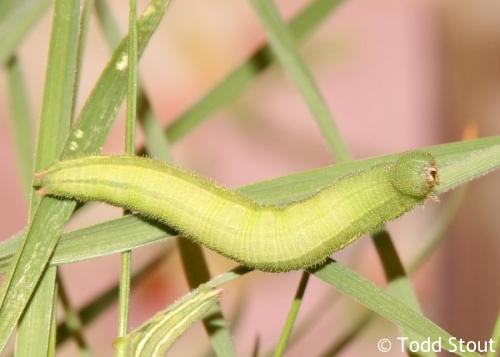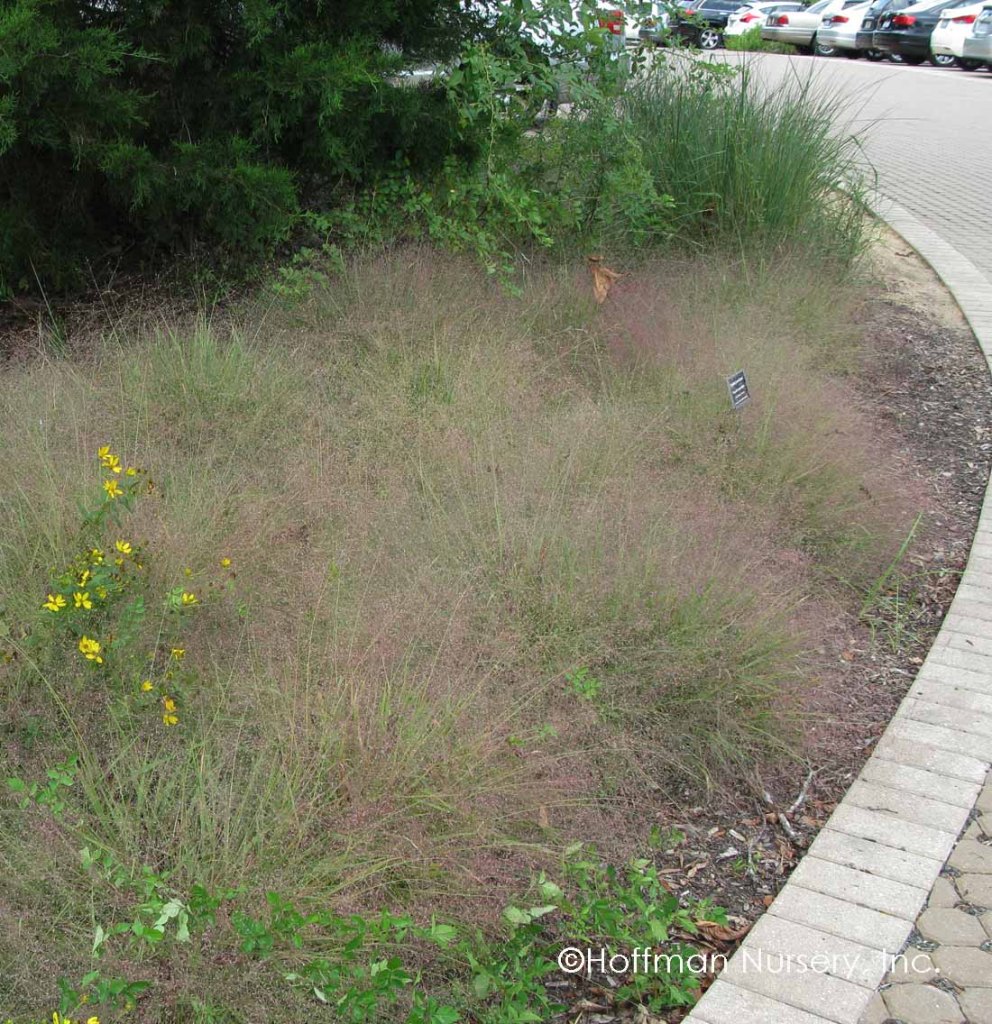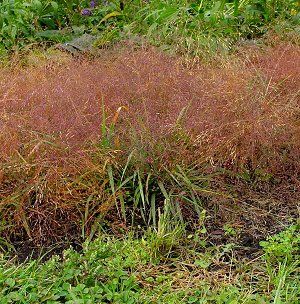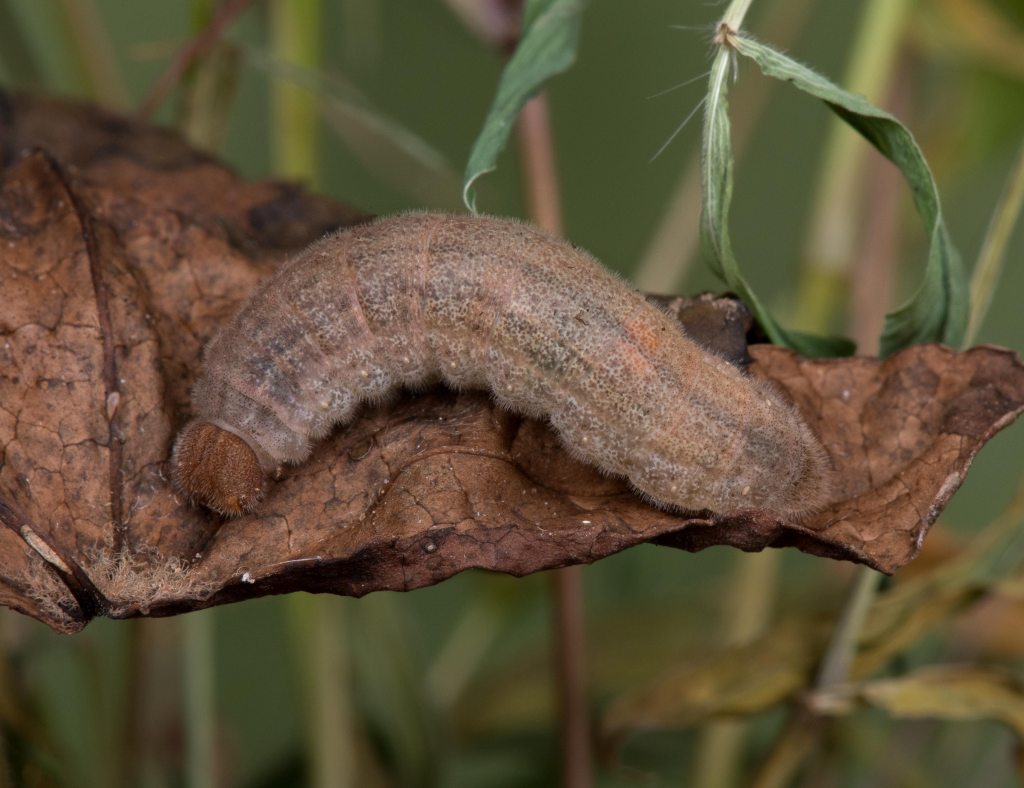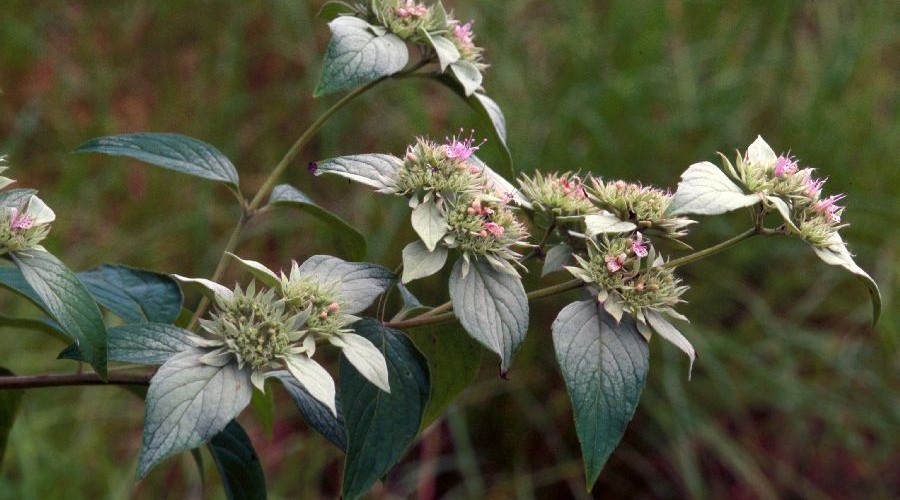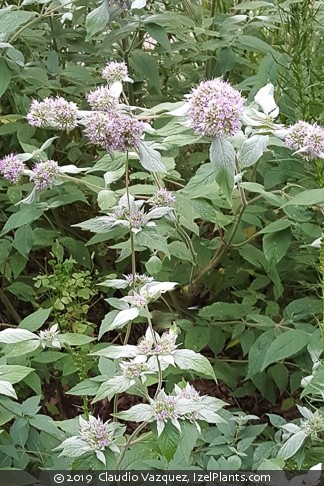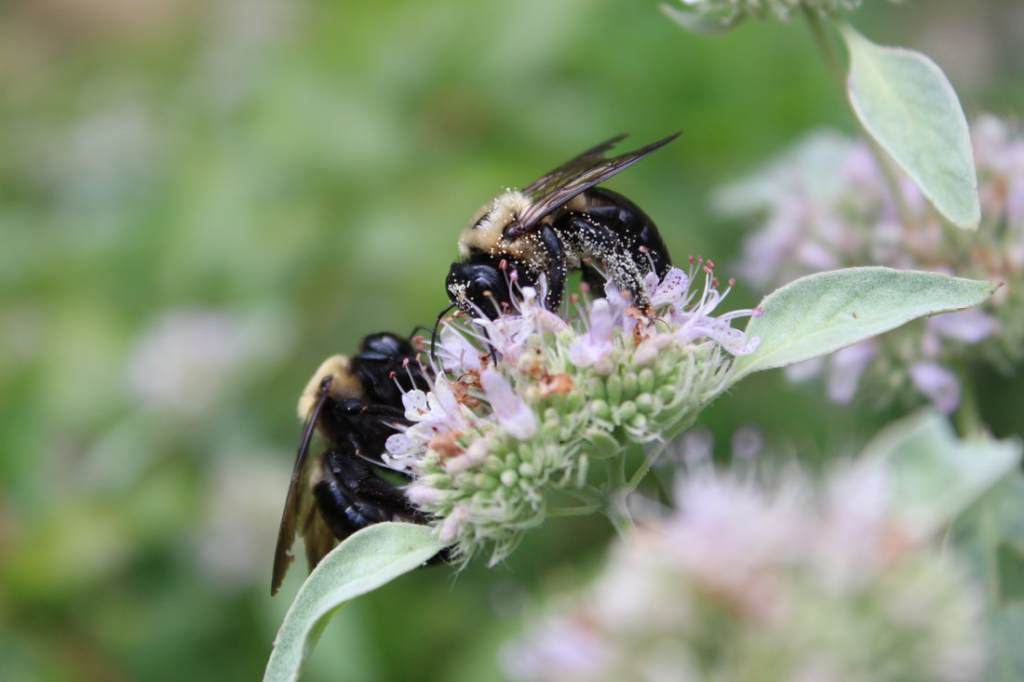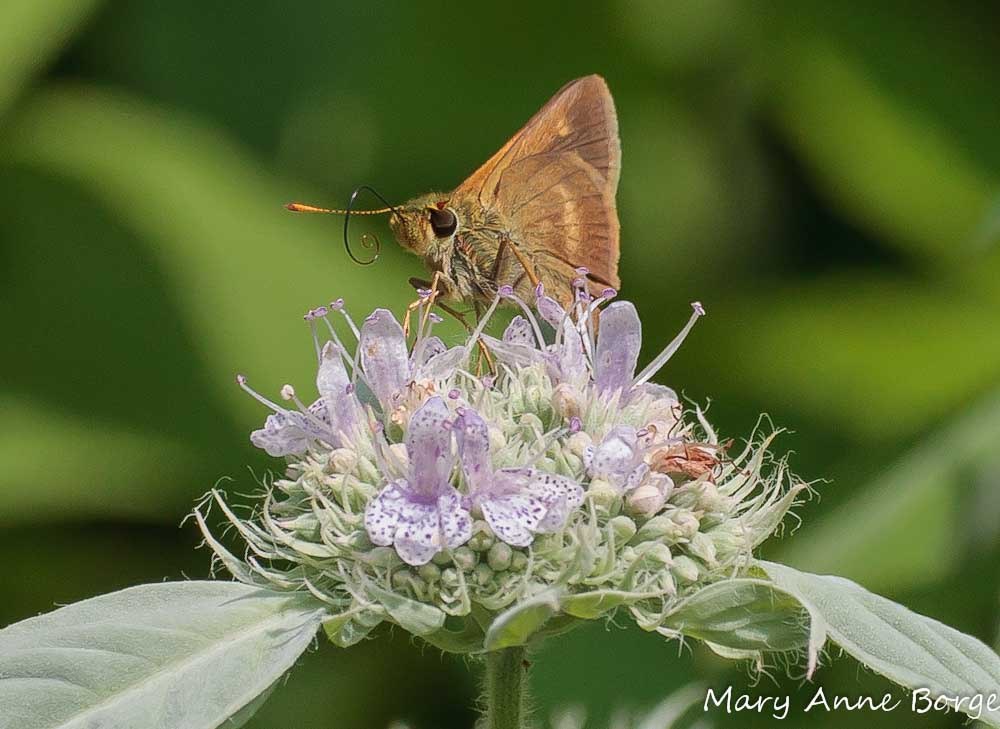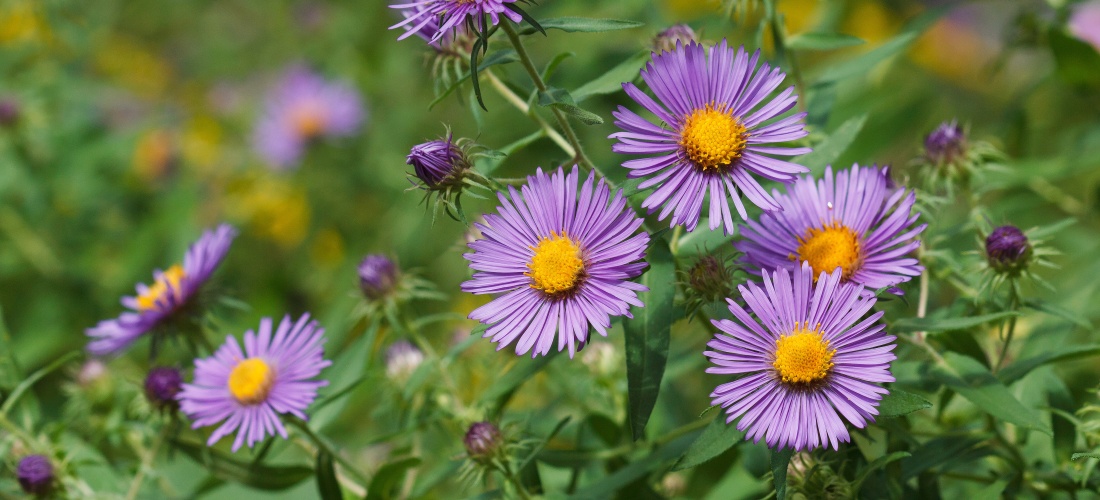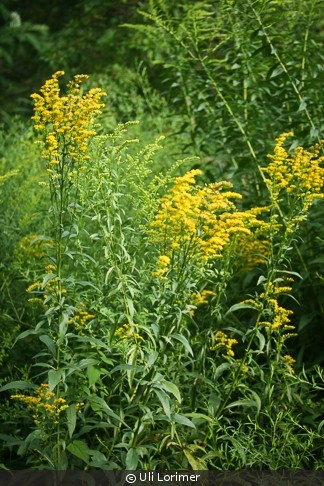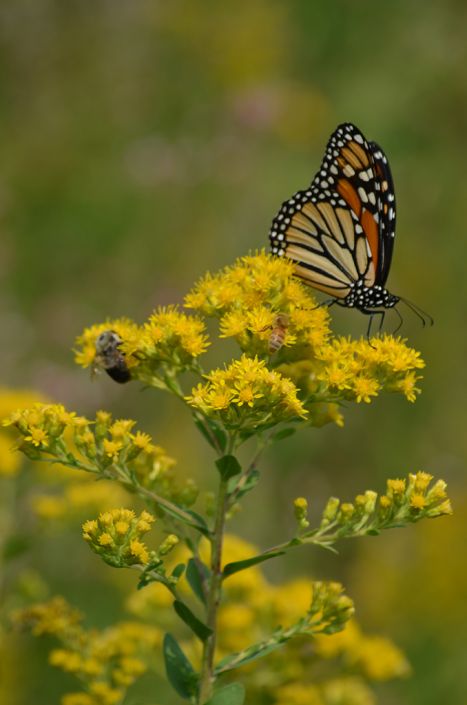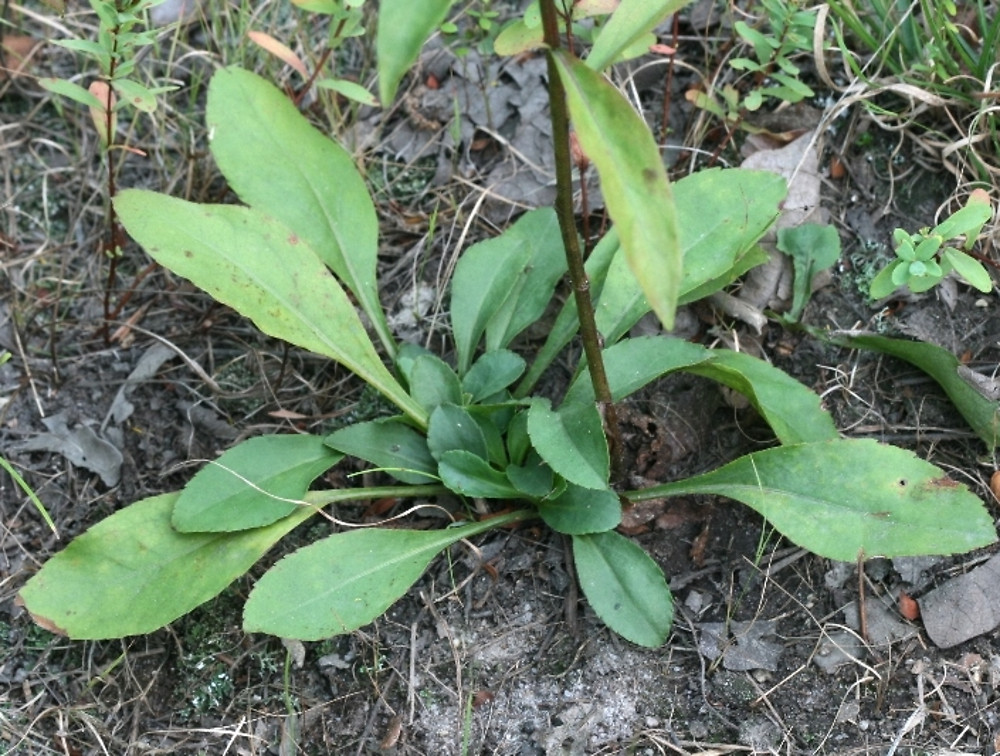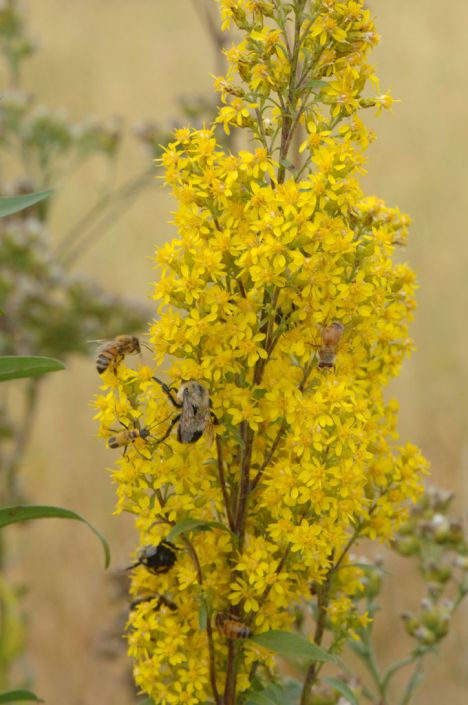staghorn sumac
Anacardiaceae (Sumac Family)
overview
Staghorn sumac is one of the largest native sumacs reaching up to 25 feet tall and wide, and its open habit and hairy stems resemble horns on a male deer, hence its name. It is one of the last plants to leaf out in the spring with bright green leaves that change to an attractive yellow, orange, and scarlet in fall. Among the most recognizable characteristics are large, upright clusters of fuzzy red fruits that appear above the branches in late summer on female plants.
wildlife value
Sumac serves primarily as a winter emergency food for wildlife. Ring-necked pheasant, bobwhite quail, wild turkey, and about 300 species of songbirds
include sumac fruit in their diet.
maintenance
Very adaptable to most growing conditions, from poor soils to drought conditions. Spreads by root suckers to form large colonies. Unwanted suckers can be mowed or removed to keep plants manageable.
Considered invasive in some regions.
Does not tolerate wetness- moisture increases likelihood of leaf spots, rust, and verticillium wilt.
sources
| Availability | Vendor | Website |
| X | Earth Sangha (VA) | https://www.earthsangha.org/ |
| Hill House Farm & Nursery (VA) | http://hillhousenativeplants.com/plant_list | |
| X | Nature By Design (VA) | http://www.nature-by-design.com/plantlist2019.html |
| | Chesapeake Natives, Inc. (Region) | http://chesapeakenatives.org/plant-list/ |
The most popular + commercially available is the cultivar of Rhus Typhina ‘Tiger Eyes’
